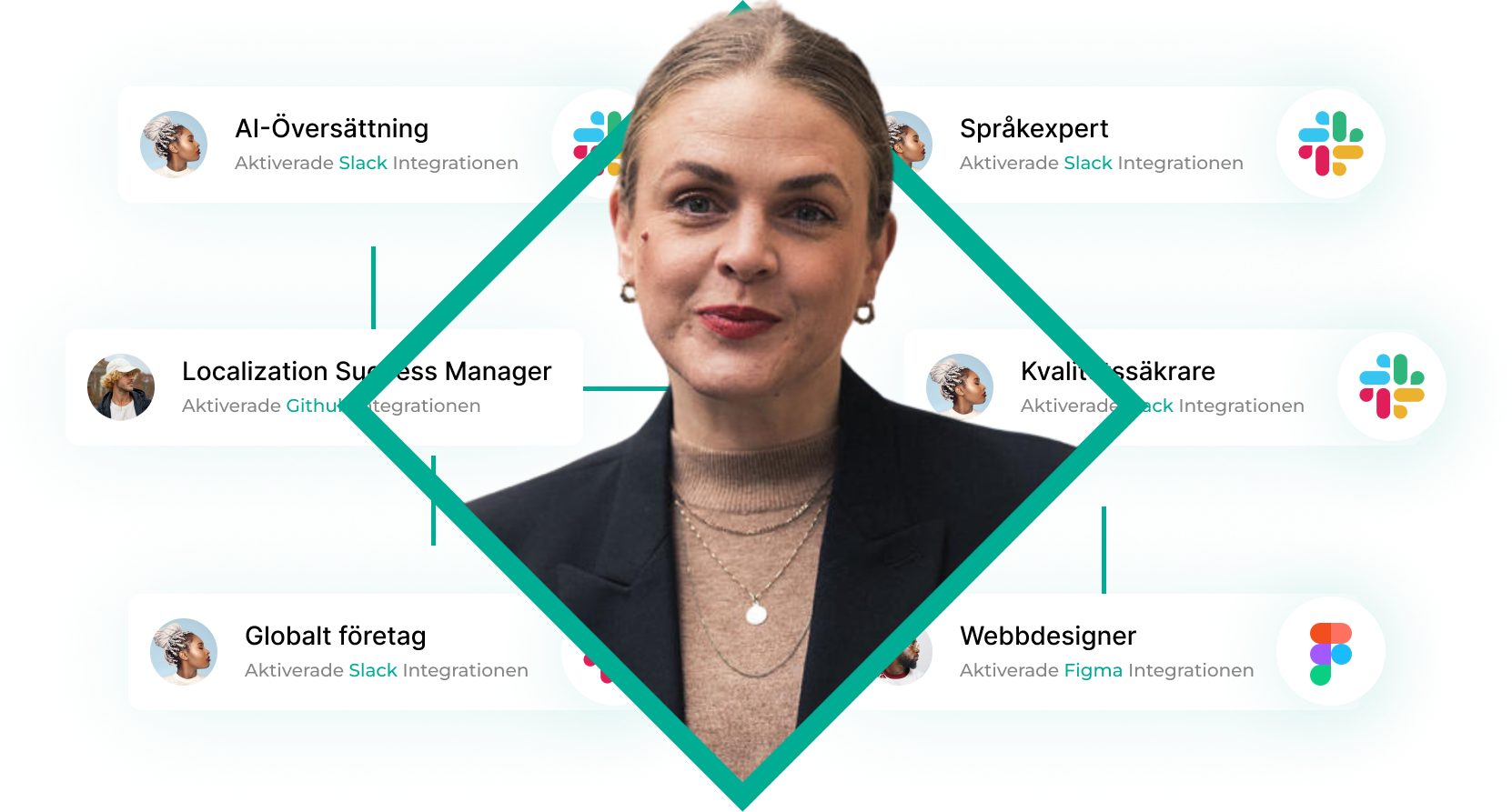
Never before have there been so many solutions and options for companies needing to communicate in multiple languages. In 2023 and 2024, much of the focus was on AI and whether this new technology is suitable for translation tasks.
We may not yet have the definitive answer, but one thing is clear: companies with high annual translation costs and time-consuming internal validation processes stand to gain (read: save) significantly in 2025.
The discussion will continue to revolve around AI and whether modern technology can streamline and reduce the cost of translation work without compromising quality.
Gradually, businesses will discover new ways to work with language, and these processes will become more integrated into existing workflows. Decision-makers such as CTOs, COOs, marketing managers, and, in some cases, CEOs will increasingly take part in shaping this change.
"When there’s so much potential to save money in an area impacting so many departments, suddenly, everyone wants to contribute to decisions around improvement and efficiency. In 2025, we as a language partner will play a dual role: both strategic and operational."
– Linda Gårdlöv, CEO of Comactiva Language Partner
The role of translation agencies will change dramatically, and alongside traditional translation, new services will emerge.
Trends shaping the future of translation work:
1. AI-powered translation tools
AI has revolutionized traditional machine translation tools by introducing advanced neural networks and deep learning algorithms.
Unlike earlier rule-based and statistical methods, AI-powered systems can understand context, handle idiomatic expressions, and adapt to specific subject areas, resulting in more natural and accurate translations.
2. Localization – when translation isn’t enough
Simply converting text from one language to another is often insufficient for global companies.
In the business world, achieving goals means ensuring all communication resonates with its target audience.
Localization is the key step in meeting buyer expectations and creating personalized, relevant experiences.
By adopting a strategic approach to localization, businesses can build trust and deepen relationships with their target markets.
3. Automation of translation workflows
As the demand for multilingual content continues to grow, automation will play an increasingly critical role in eliminating manual, time-consuming steps and enabling scalable solutions.
Modern language technology automates workflows between systems, freeing up human resources traditionally tied to the costly parts of the translation process.
This shift not only improves efficiency but also allows companies to focus more on localization, driving growth as a result.
4. From translation agency to language partner
Expanding into new markets is challenging. Starting with access to relevant local languages, industry, and communication experts creates a solid foundation for launching new services and brands.
A language partner with global expertise who understands clients’ industries and offerings enables the customization of workflows depending on the content’s localization or translation needs.
For businesses, collaborating with a language partner offering niche expertise is essential to navigating the complexities of new markets.
5. A new business model for language services – from per word to per hour
For decades, the translation industry has billed clients per word translated.
Traditionally, when a translation agency receives an assignment, the work is passed to a professional translator who charges based on word count, regardless of the complexity or subject matter.
In the old model, the time spent on the assignment wasn’t part of the equation.
In 2025, this is expected to change as technology gains greater trust in translation processes. Human experts will provide added value through their localization expertise, and they will charge for this work on an hourly basis.
The future of the language industry
The language industry is entering an exciting era of innovation and growth.
By leveraging advances in technology and AI, embracing localization strategies, and automating workflows, the translation agencies that successfully transform into value-driven language partners will help global companies thrive in their local markets.
For businesses planning to strengthen their local presence or expand globally, 2025 presents nothing but opportunities. 🚀
Contact your Localization Success Manager for 2025, already today!

 Linda Gårdlöv
Linda Gårdlöv


